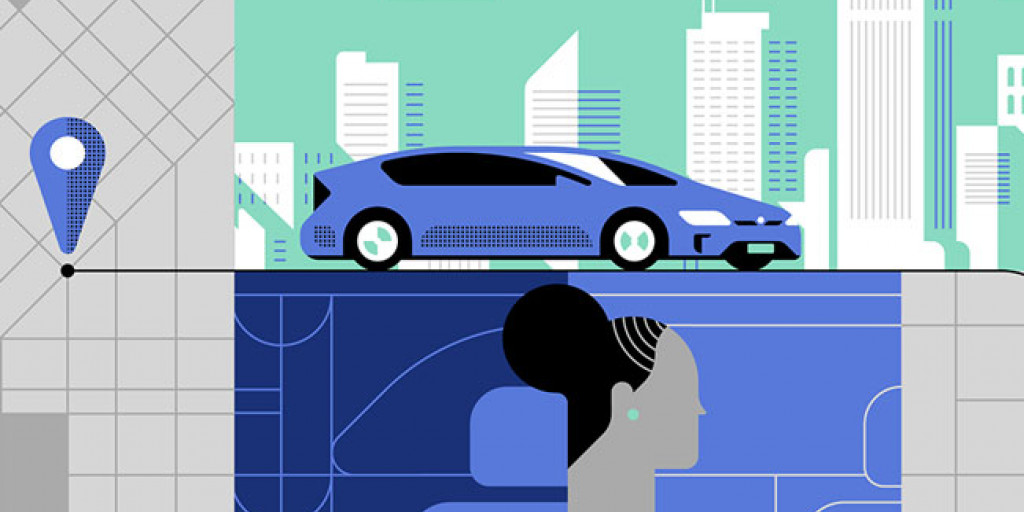Uber (you’ve heard of them, right?) took a major hit last week, officially stepping out of the Chinese market by losing out to Didi (the dominant Chinese ride-sharing platform) at a cost of a staggering $2.6 billion.
Uber aren’t losing any steam worldwide, though, with their delivery system now in full swing – but missing out on China does represent a much greater monetary loss for the future of the company. And that’s because Uber’s ridesharing platform is really just a foot in the door for the other major services it plans to offer over the next decade – autonomous vehicle networks (AVN).
Taxi drivers have been battling Uber since its inception, but (“spoiler alert”) Uber have already won. The battle isn’t so much about taxis versus ridesharing, but taxis driven by humans versus driverless taxis
TOM CRUISE CONTROL
You don’t have to be a futurist to realise that a human being behind the wheel of a taxi is the old model.
Driverless cars are no longer just the clichéd future offered by the likes of Minority Report or iRobot – they’re very close to being trialled en masse. With major cities like Milan already resorting to temporary traffic bansto cope with the impact of congestion on Italian air quality, modern societies will have to embrace AVNs within the next 5-10 years to even stand a chance of functioning normally.
But AVNs won’t necessarily provide a quick fix for clogged up cities, with some people predicting there could, in fact, be more journeys on the road if not handled correctly. For maximum efficiency, AVs would need to operate within a software controlled, closed network, re-routing vehicles to optimise traffic flow – which is also probably a while off, but not out of the question.
AUTOMATIC, SYSTEMATIC, HYDROMATIC
So who better to offer an AVN than Uber? They already have a recognisable brand within the realm and an app installed by millions of users in over 250 cities. A software update is all it’s going to take for you to start booking autonomous Ubers once the actual vehicle network is online.
One might assume that Google would provide the vehicles (they do part-own Uber, after all), but with Google planning their own ridesharing AVN, Uber have other plans. In fact, they’ve just acquiredOtto – a start-up specialising in driverless trucks – to retrofit existing vehicles and are set to trial driverless rides this month, albeit with a supervising operator riding shotgun.
Next stop: autonomous deliveries. Upgrade this system too, and Uber have an ‘uber’ offering.
NOT MADE IN CHINA
For anyone who’s visited a metropolis with asphyxiating congestion like Beijing, you can understand that the Chinese market will be huge for AVNs, possibly banning personal vehicles altogether out of sheer necessity.
When you consider the future of Uber’s business model, losing out in China represents a gargantuan loss, far exceeding $2.6 billion. Factor in the impending future of autonomous delivery networks and the loss looks even smoggier.
It’s easy to see why Uber has fought so hard to win over Chinese drivers (and you can bet they’ll be trying their damnedest not to lose any other markets), but until we see any major developments in flying cars à la Back to the Future, the battle will be fought firmly on the ground.


















